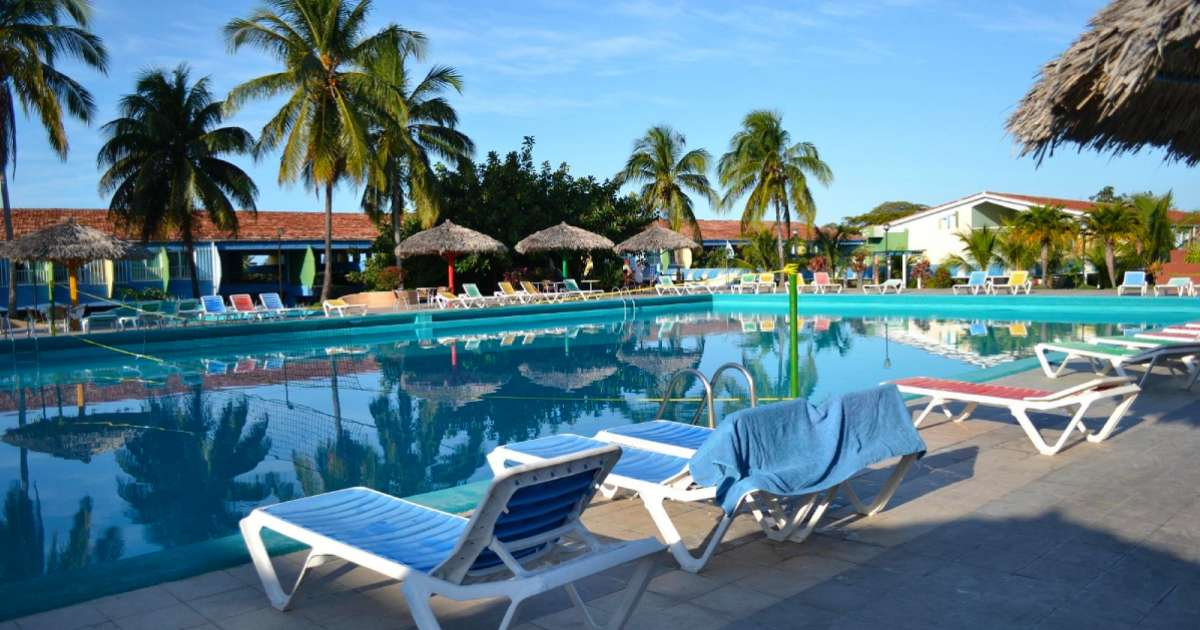
Thehotels in Cuba only had 15.6% of their rooms occupied during 2022, a figure well below the aspirations of theCuban regime for last year.
Although the index represents a recovery of more than 200% compared to 2021, when only 5.7% of hotel rooms were occupied, the government plan did not reach the expected number of tourists in the year, according to areport published by the National Office of Statistics and Information (ONEI).
Cuban hotels received 1,614,087 international tourists in 2022, with 8,441,755 overnight stays (total number of nights that all visitors stay in hotels), numbers that did not cover the government's objectives, which after readjusting the initial number of expected tourists (2.5 million ),planned the arrival of 1.7 million last year.
Canada was at the top of the list for the number of international visitors, with 532,487 tourists, while Cubans residing abroad were in second place, with 333,191 visitors.
The United States contributed 100,494 tourists in total in 2022, followed by Spain, England, Russia, Italy, and Germany, as nations with the greatest influx of tourism to Cuba.
The Cuban economistPedro Monreal He pointed out that the 2022 occupancy rate indicates that hotel activity in Cuba was a bankrupt “business.”
"The low hotel occupancy rate in Cuba was much lower than that of beach destinations in Mexico (63.9% in May 2022) and the Dominican Republic, with rates above 70% in Punta Cana and in Romana-Bayahibe in 2022," said the expert.
For accommodation, the country earned 11,692,500.8 pesos and 21,639,238.8 in gastronomy. In total, tourism left profits of 49,224,197.5.
Cuba received 1.6 million tourists in 2022 and this year it aims to receive more than three million international visitors, according to government projections, in its continued commitment to tourism as a driver of the Cuban economy.
Although the total represents 452.8% more than the international visitors received in 2021, the tourism sector has not been able to recover and reach the number of travelers that arrived before the pandemic: more than 4.2 million. The 1.6 received only represent 38% of what was achieved in 2019.
In Monreal's opinion, "although the separation between the 'discourse' about tourism and its reality is sustainable for a time, the negative effect that a deformed investment pattern ('pro-tourism') has on the country's economic structure leads to a dead end that seems to be being ignored.
Despite projections for 2023, in the first months of this yearLess than 500,000 tourists visited Cuba, which represents half of the figures accumulated in the same period in 2019 and is not enough to reach the goal of more than three million set by the Ministry of Tourism.
To reach the figure intended by the government, approximately 1,475,000 visitors would have to arrive in the first four months, but even so, the statistics would continue to be below the four million tourists who arrived in Cuba in the pre-pandemic period.
What do you think?
COMMENTFiled in: